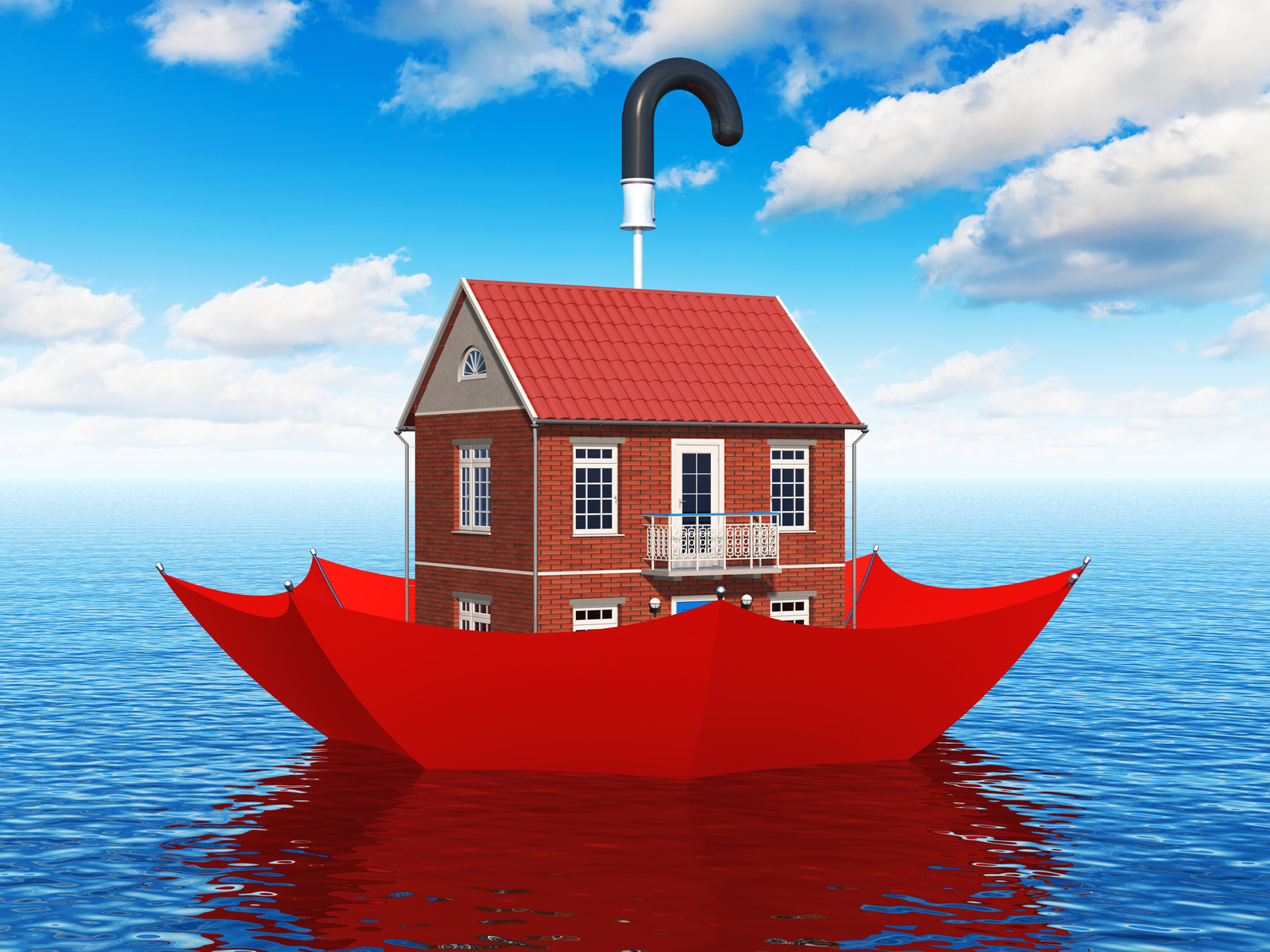It’s a fact. Water, fire and mold damage happen. Here are some helpful Homeowner Emergency Do’s and Dont’s:
Water Damage:
What to Do
- Turn off your water – shut down your home’s water supply and call a plumber for repair
- Use caution – watch your step, as floors may be slippery and electrical wires could be exposed
- Remove water – mop up as much water as possible, open windows and/or switch on your A/C (if the weather allows)
- Prop up upholstery – remove all loose cushions, prop up furniture
- Manage area rugs and obstacles – remove rugs and pick up items sitting on the floor
- Dry storage containers – open wet suitcases and boxes, dry in sunlight if possible
- Protect valuables – move paintings and artwork to a safe and dry place
- Dry clothing – dry all garments, hang fur and leather goods
- Protect furniture – place aluminum foil or plastic under furniture legs, open drawers and cabinets
What NOT to Do
- Don’t use a vacuum cleaner, only a wet vacuum
- Don’t operate electrical appliances
- Don’t touch outlets or plugs (don’t touch anything that is already plugged in)
- Don’t turn up the heat
Fire Damage:
What to Do
- Use caution – watch for trip and fall hazards and exposed wires
- Limit your exposure – wear gloves, a dust mask and eye protection
- Discard damaged food and drinks – throw away any opened goods or canned/packaged food that was close to the fire/smoke
- Empty your fridge and freezer (if electricity is off) – prop open door to prevent mold
- Shut off ventilation systems – A/C, heating, and contact HVAC contractor
- Protect kitchen and bathrooms – if the heat is off (in cold weather), poor 1tbsp of antifreeze down sinks, toilets, bowls and tubs
What NOT to Do
- Don’t clean or paint walls – have professionally cleaned
- Don’t clean or repair electrical appliances – have examined by a trained repair technician first
- Don’t clean carpets or upholstery – use professionals
- Don’t launder or dry clean clothing – use professionals
- Don’t turn on ceiling fixtures
Mold Damage:
What to Do
- Fix water problems – mold needs moisture to grow, so if you see mold, water is feeding it somewher
- Cleaning small areas – once the moisture problem is resolved, clean small areas of mold with a detergent solution
- Drying – after cleaning, the area must be dried quickly (fans work great)
- Limit your exposure – wear gloves, a dust mask, and eye protection to eliminate health risks
What NOT to Do
- Don’t ignore it – mold poses a serious health issue
- Don’t use bleach – bleach kills live mold but it does not kill mold spores
- Don’t dry until cleaned – if you dry a moldy area before it’s cleaned the mold can spread
Tips for Provention
- Inspect ceilings and walls for water staining
- Check for drips or signs of water leaking at all supply lines, sinks, toilets
- Replace or clean A/C filters
- Service HVAC system
- Determine source of water-discolored wall or ceiling surfaces, check for pooling around foundation, clean gutters, and make sure downspouts are pointed away from your foundation
We hope you have found this information helpful. Please do not hesitate to contact our Office if you would like any further information or if you have any questions regarding your property insurance policy.
Thank you,
The Costen Insurance Team
Important Note: Thank you to Puroclean for providing the information for this post!



